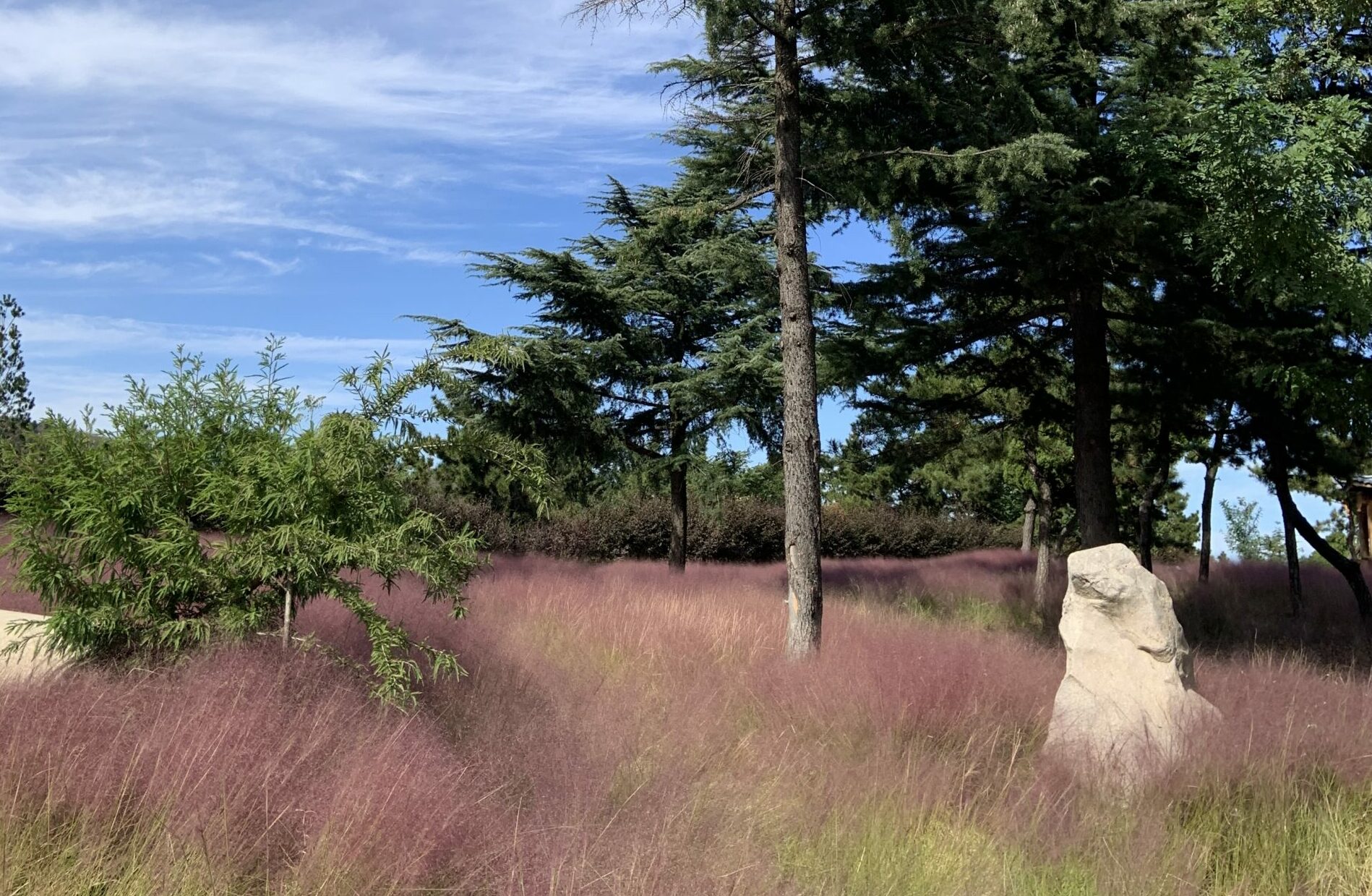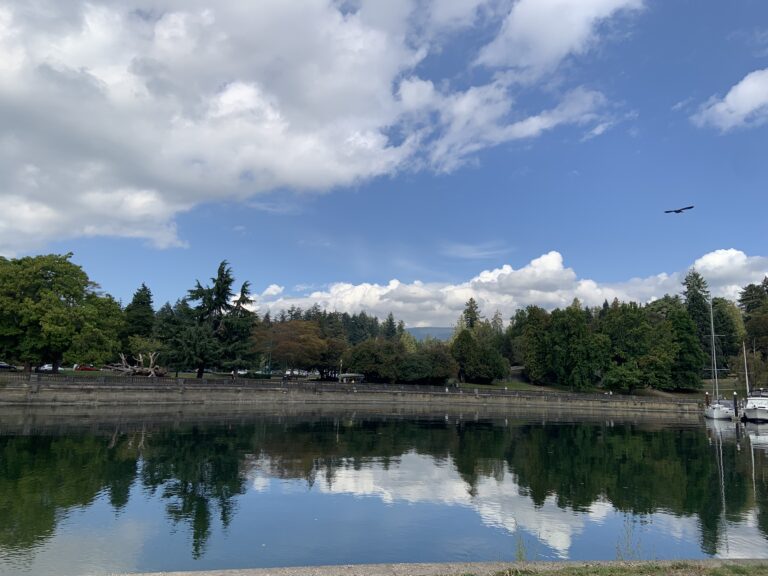Blog Post #4
What is Open Pedagogy
Open pedagogy is a teaching approach that focuses on collaboration and shared knowledge creation. It differs from the traditional teaching methods in that it allows students to participate in knowledge creation. This approach promotes a more engaging and inclusive learning environment where both educators and learners contribute equally to the creation of educational materials. It provides students with a sense of responsibility in their own education journey and transforms educators from delivering content to guiding students to produce knowledge.
This YouTube video provides an introduction and more details on the concept of open pedagogy:
The Role and Impact of OER
Open Educational Resources (OER) is a core part of Open Pedagogy, providing free, openly licensed materials that anyone can use, adapt, and share. These resources include everything from textbooks to lecture slides, and since they’re available at no cost, they remove the financial and physical barriers that come with traditional educational resources. For learners like me, OER offers the flexibility to personalize materials based on specific needs, creating a more tailored learning experience.
Beyond personal benefits, OER also helps make education more equitable. By giving everyone access to high-quality resources—no matter their financial situation or location—OER bridges gaps between different communities. This openness expands opportunities for students who might otherwise struggle to access quality education, supporting a more inclusive, accessible learning environment.
Cho and Permzadian’s study (2024) explores the impact of OER and shows that OER improves student outcomes by modestly increasing course completion rates and grades, making education more accessible and equitable by reducing financial barriers associated with traditional course materials. This suggests that OER adoption can be a cost-effective way for institutions to support student success.

Global Trends of OER
The global adoption of OER is growing, with many countries and educational institutions recognizing its potential to improve access to education. There are both opportunities and challenges associated with this trend.
According to Kanwar and Mishra (2018), countries and institutions are increasingly integrating OER through various policy initiatives and institutional collaborations. For example, Canada and several Asian countries have developed OER policies, enabling broader access to quality education. The opportunities include cost savings, cultural customization, and increased access, but challenges persist, such as language barriers, limited technical support, and uneven access to resources. Addressing these issues requires investment in capacity building and inclusive policies (Kanwar & Mishra, 2018).

Creative Commons Licensing
Creative Commons Licensing plays a vital role in the OER ecosystem by supporting educational resources to be shared and adapted. These licenses make it clear how creators want their work to be used, whether that’s allowing others to remix or modify the material or restricting it to non-commercial use.
Here’s a table summarizing the six Creative Commons license types from creative commons:
| License Type | Permissions | Limitations |
| CC BY | Allows distribution, remixing, adaptation, and commercial use. | Credit must be given to the creator. |
| CC BY-SA | Allows distribution, remixing, adaptation, and commercial use with identical license terms for adaptations. | Credit must be given to the creator; adaptations must use the same license. |
| CC BY-NC | Allows distribution, remixing, and adaptation for non-commercial purposes only. | Credit must be given to the creator; no commercial use. |
| CC BY-NC-SA | Allows distribution, remixing, and adaptation for non-commercial purposes with identical license terms. | Credit must be given to the creator; no commercial use; adaptations must use the same license. |
| CC BY-ND | Allows distribution in original form and commercial use. | Credit must be given to the creator; no adaptations allowed. |
| CC BY-NC-ND | Allows distribution in original form for non-commercial purposes only. | Credit must be given to the creator; no adaptations; no commercial use. |
While researching for a paper, I could utilize a textbook or article licensed under CC BY. By citing the source and giving appropriate attribution, I can incorporate this material into my work while adhering to copyright regulations. Once my research project is complete, I could create a summary or infographic to present my findings. I might choose to license this summary under CC BY, enabling my peers to use and adapt my work for their studies, provided they credit me as the original author.
Attributes of Open Pedagogy
Open Pedagogy focuses on collaboration, transparency, and student-centred learning, and I can bring these ideas into my university experience to create a more inclusive and engaging classroom. For instance, I can actively participate in group projects and set up study sessions where everyone feels comfortable sharing their thoughts. By clearly communicating expectations and sharing helpful resources, I can help foster a culture of openness. Taking part in discussions and asking for feedback allows me and my classmates to take ownership of our learning. These practices encourage diverse perspectives and help build a sense of belonging and community among us.
Jessica Kruger’s experience of co-authoring a textbook with her students below exemplifies the essence of Open Pedagogy, as it highlights how collaborative efforts empower learners, deepen their understanding, and foster a shared investment in the educational journey.
Reference: Kanwar, A., & Mishra, S. (2018). Global trends in OER: What is the future? Commonwealth of Learning. https://oasis.col.org/server/api/core/bitstreams/e2d6d35d-f0c8-4730-8306-81311cd6d2c1/content
Creative Commons. (n.d.). About CC Licenses.https://creativecommons.org/share-your-work/cclicenses/


